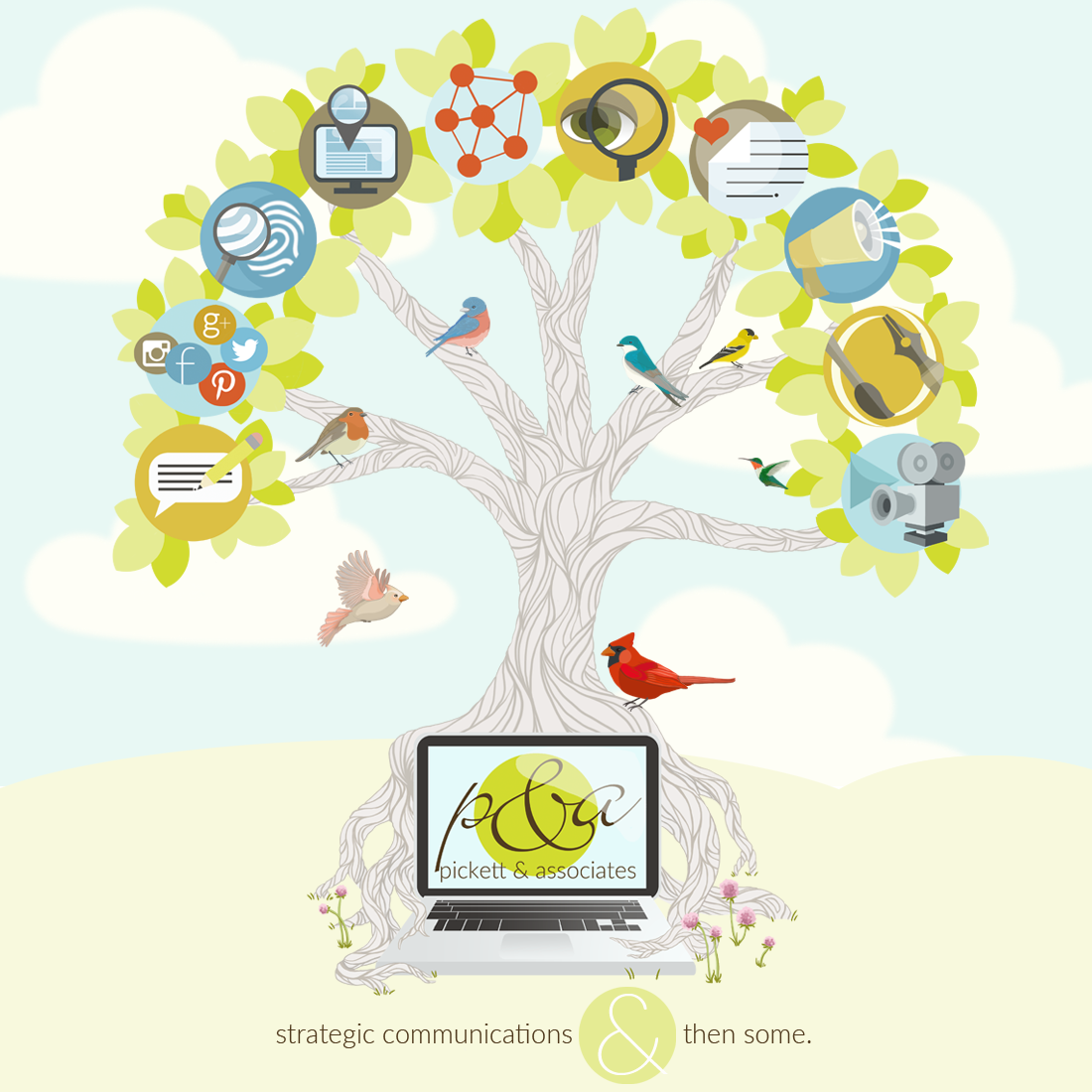Influencer marketing is becoming one of the most effective ways to attract new customers and clients. Indianapolis-based marketing and PR firm Pickett & Associates has been utilizing the power of influencer marketing for years now – for clients such as Carmel Clay Parks & Recreation, the Carmel Symphony Orchestra, Main Event Entertainment, Piney Acres Farm and numerous others.
“In order to tap into our primary demographic – parents with young kiddos – for our Waterpark season, we tapped into local Mommy Bloggers. These individuals are very active within the social scene, both online and in person, and we didn’t want to miss out on an opportunity where they could help promote us. By providing them daily admission to experience our park and then have them write about it, we were able to see an increase in ROI. Mommy bloggers would do anything to provide their kids a positive experience and create a memory and we thought what better a place to do that than a fun, outdoor waterpark,” said Lindsay Labas Marketing Director with Carmel Clay Parks & Recreation.
What is an Influencer?
Influencers are local people who are highly active on social media and blogs. They have their ear to the ground, are brand advocates and niche promoters. When they post, tweet or go live, hundreds — and often thousands — of loyal followers take note and listen.
The bottom line is that consumers put value in recommendations from a trusted source more than any print ad, billboard or commercial. Think about if a friend tells you how phenomenal a new local restaurant is, aren’t you more likely to consider trying it out yourself? Well-connected influencers with loyal audiences are that “mutual friend” who can connect your brand with your target demographic, drive traffic to your site and increase your exposure.
Content, whether a blog or social posts, created around your brand by a local influencer is authentic and fuels conversations with their niche audience and often goes further into the audience’s individual network as they share and create their own conversations. An influencer’s recommendation alone can create social buzz.
Did you know 86% of influencers also operate at least one blog?
Why is that important? A couple of reasons.
- Authentic online stories and articles about your brand with links back to you. Think about how many people do research online before making buying decisions. Just another great way for them to find YOU through a source they trust!
- Good SEO (Search Engine Optimization) and SEM (Search Engine Marketing). Yep, we want to fill the first few search results pages with you, so when individuals search for products or services that are in your wheelhouse the search engine results pages (SERP) are filled with your brand.
- Influencers and bloggers love great visuals. They take great pictures and are often happy to use provided high res brand pictures as well. They are well-versed in tagging images correctly, which means photos of your brand will be sprinkled throughout image search results online.
Compensating Influencers
Yes, utilizing influencers and bloggers to spread your brand message is often less expensive than traditional advertising avenues, that doesn’t mean it’s free. The service they provide is skilled and worthy of compensation. You want your influencers to feel acknowledged, rewarded and appreciated. There are a couple ways to go about compensation.
- Financially. See what the rates are for advertising on their sites. Create a budget for working with influencers. Sponsor a guide, a blog series or a social series. Make it a partnership.
- Incentives and Trades. Give them free product to review. Offer event tickets and passes. Have them out for a VIP experience of your brand.
Commission. A percentage commission on sales brought your way directly by the influencer or blogger. Usually identified by a coupon checkout code for special URL link for tracking purposes.
Pick the Right Influencers for Your Brand
Pickett & Associates is a great start! We’ve been working with Central Indiana bloggers for nearly a decade – cultivating relationships, understanding their niches and actively joining their online conversations.
Finding the right influencer or blogger means keeping your ear to the ground, following hashtags, reading their content, researching their social statistics and targeting those that are a fit. Additionally, there are outreach tools that can make the process easier and quicker.
It’s important to select influencers who are passionate about your brand and brand believers. Authentic passion for a product or service shines through in content, no matter a blog, a photo or a video. If they are so-so about your brand, then they aren’t for you.
Bonus Influencer Engagement
You get the most bang for your influencer buck if your target influencers who are continually uploading photos and videos of themselves enjoying your brand, and their followers are liking and commenting away. Kick the action up by offering the influencers a giveaway promotion for their fans and readers. A giveaway that they can facilitate through their own site and randomly pick a winner to share the fun. Or offer a free trial or coupon code through the influencer to entice their readers to give you a try.
Moreover, when the influencer shares a blog, photos or a video about your brand on their social pages, like it, comment and share to your own social pages. This is a big one that clients often miss. A thank-you shout out for their work on your behalf goes a long way and helps to increase the traffic on that specific post as well. It’s a win-win.
Ready to build a few Indy Influencer relationships and increase the visibility of your brand? Let’s chat.




 As a Central Indiana communications and marketing firm, we find ourselves listening to numerous entrepreneurs and organizations who want to solve their lead generation, sales and even awareness challenges. Admittedly, there are times when we are mesmerized by a clients’ cool offerings or amazing organizations. It’s easy to fall into the trap of spewing all the cool features, bells, whistles and innovative widgits that (wait for it) seamlessly provide a bullet-proof solution for the customer or client.
As a Central Indiana communications and marketing firm, we find ourselves listening to numerous entrepreneurs and organizations who want to solve their lead generation, sales and even awareness challenges. Admittedly, there are times when we are mesmerized by a clients’ cool offerings or amazing organizations. It’s easy to fall into the trap of spewing all the cool features, bells, whistles and innovative widgits that (wait for it) seamlessly provide a bullet-proof solution for the customer or client.





 by Clay Mabbitt, SitePotion
by Clay Mabbitt, SitePotion